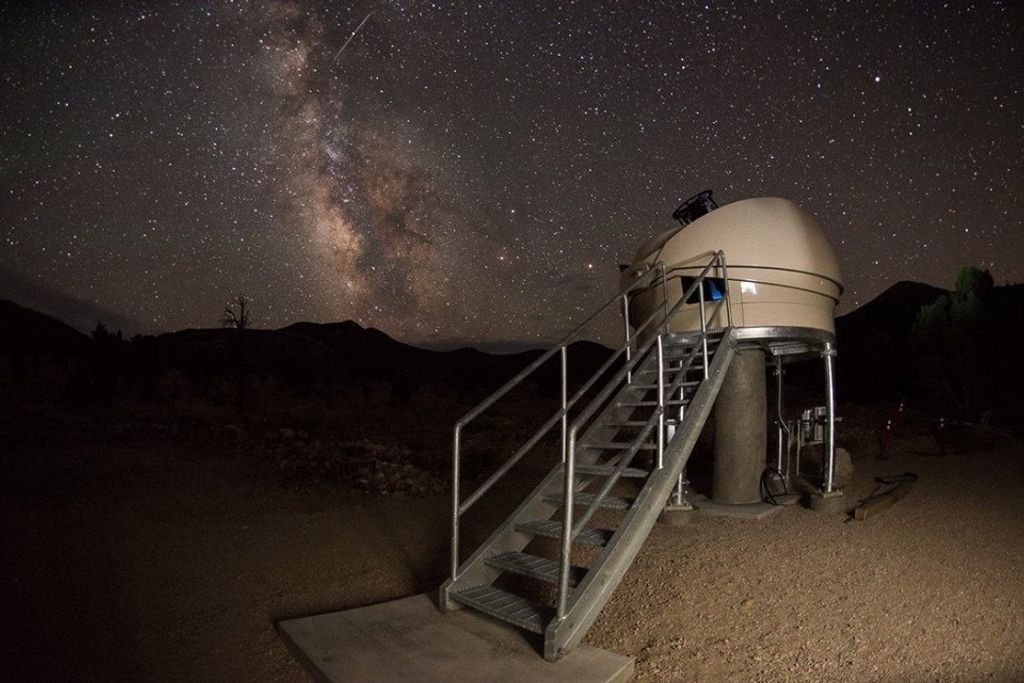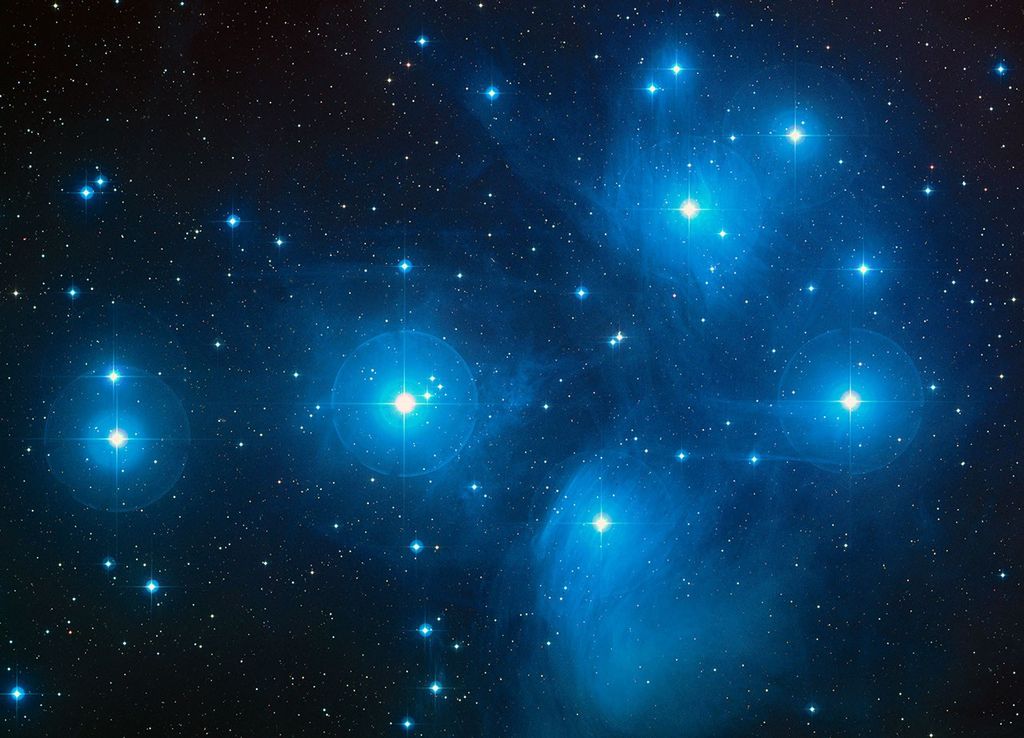NASA’s IMAP Suite of Instruments
NASA’s IMAP (Interstellar Mapping and Acceleration Probe) observatory will use 10 science instruments to study and map the heliosphere, a vast magnetic bubble surrounding the Sun that shields our solar system from incoming radiation from interstellar space.
IMAP-Lo – Imager developed by the University of New Hampshire (UNH) that measures and maps particles created where the solar wind and interstellar medium meet, known as low-energy Energetic Neutral Atoms (ENAs), as well as interstellar neutral particles originating from beyond the solar system.
IMAP-Hi – Imager developed collaboratively by Los Alamos National Laboratory (LANL), Southwest Research Institute (SwRI), UNH, and the University of Bern in Switzerland (UBern) that measures and maps medium-range ENAs located at the edge of the heliosphere.
MAG – Magnetometer, developed by Imperial College London, that measures the interplanetary magnetic field originating from the Sun.
SWAPI – The Solar Wind and Pickup Ions instrument, developed by Princeton University in New Jersey, measures ions from the solar wind and particles from beyond the solar system.
HIT – The High-energy Ion Telescope, developed by NASA’s Goddard Space Flight Center in Greenbelt, Maryland, studies high-energy ions originating from solar wind and deep space.
GLOWS – The GLObal Solar Wind Structure instrument, developed by the Space Research Center of the Polish Academy of Sciences, studies the ultraviolet glow produced by the solar wind to better understand how it evolves over time.
IMAP-Ultra – Imager developed by John Hopkins University Applied Physics Laboratory in Laurel, Maryland, measures and maps high energy Energetic Neutral Atoms at the edge of the heliosphere.
SWE – The Solar Wind Electron instrument, developed by Los Alamos National Laboratory in New Mexico, measures electrons found in the solar wind.
CoDICE – The Compact Dual Ion Composition Experiment instrument, developed by the Southwest Research Institute in San Antonio, Texas, measures the mass and electric charge of ions originating from both interstellar space and the solar wind.
IDEX – The Interstellar Dust Experiment instrument, developed by the Laboratory for Atmospheric and Space Physics in Boulder, Colorado, measures the composition of interstellar and interplanetary dust particles.
Princeton University professor David J. McComas leads the IMAP mission with an international team of 27 partner institutions. The Johns Hopkins Applied Physics Laboratory developed the spacecraft and operates the mission. The Explorers and Heliophysics Project Division at NASA’s Goddard Space Flight Center manages the program for the agency’s Heliophysics Division of NASA’s Science Mission Directorate.
NASA’s Launch Services Program, based at NASA Kennedy, manages the launch service for the mission.
To learn more about the science instruments:

























